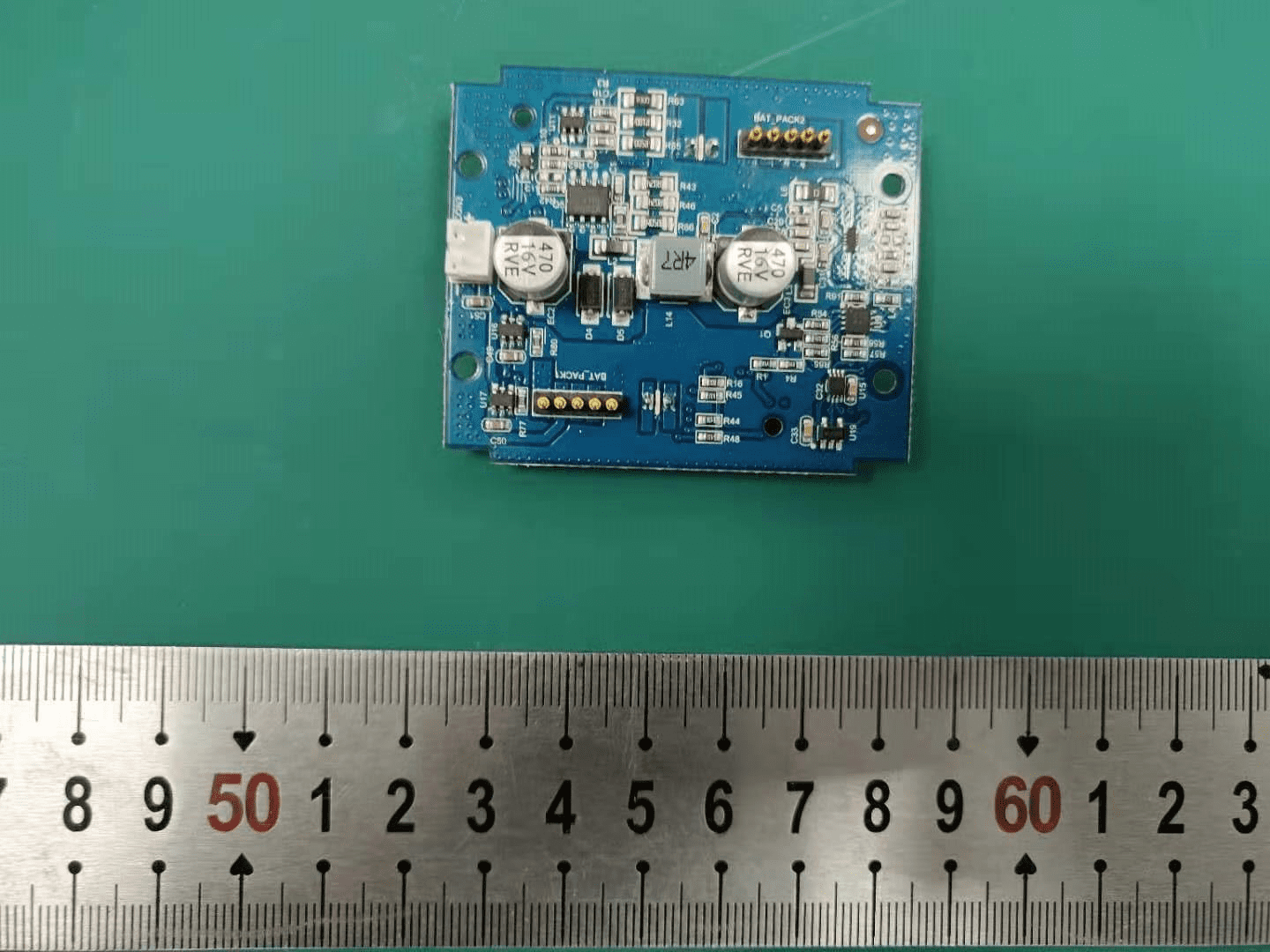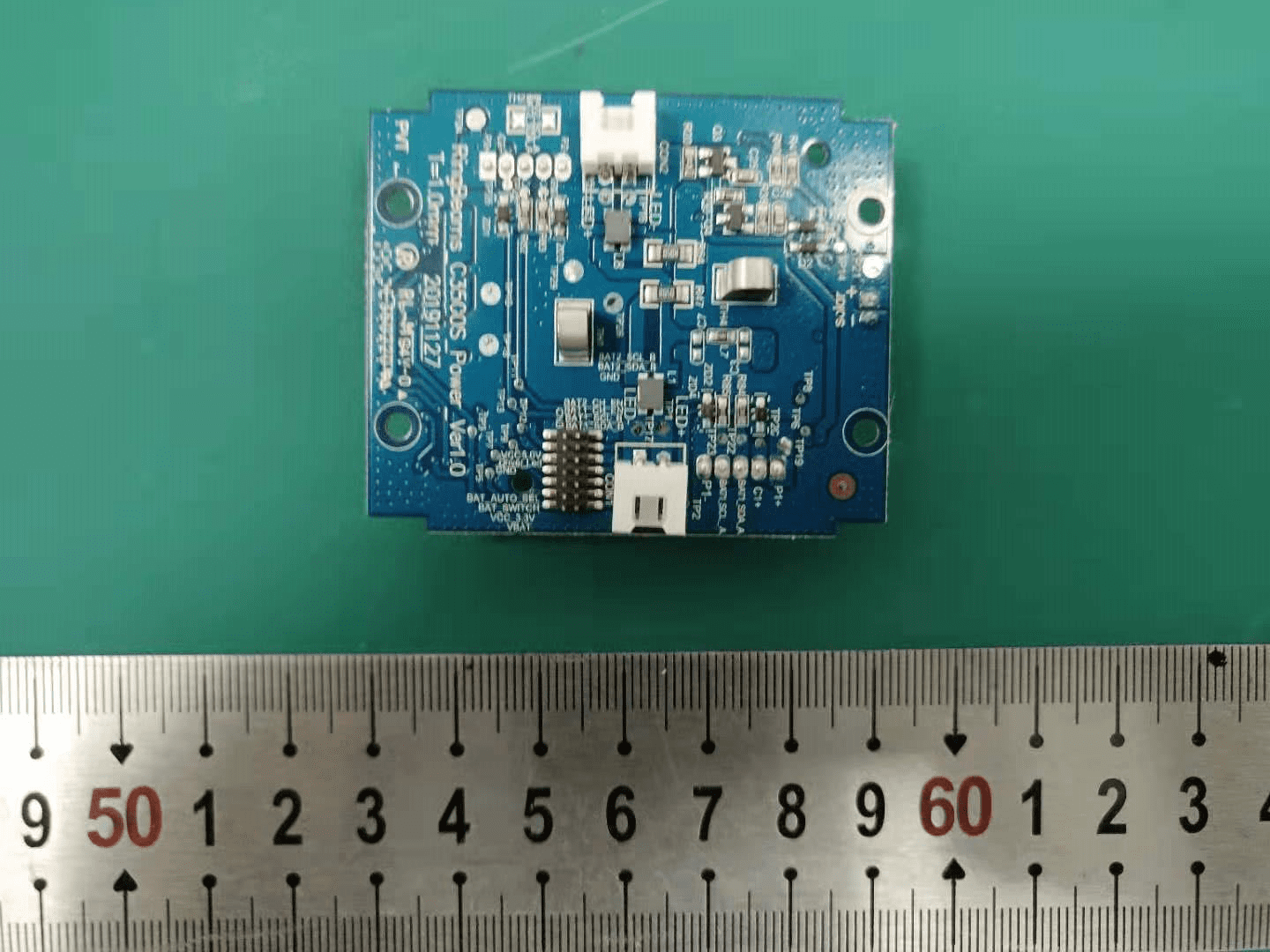Introduction
The Solar Floodlight by Ring LLC is designed to deliver intelligent, energy-efficient outdoor lighting for modern homes. As part of the Ring ecosystem, this device offers robust security illumination while integrating seamlessly with the Ring app and other smart devices. Its primary function is to provide powerful, motion-activated lighting in outdoor environments, leveraging solar energy for continuous operation and minimal maintenance.
A critical milestone for any wireless device in the United States is FCC certification. The Ring Solar Floodlight bears the FCC ID 2AEUPRBFS001, signifying it meets rigorous standards for radio frequency (RF) emissions and electromagnetic compatibility. This certification ensures the device is both legal to sell in the US and engineered to minimize interference with other electronic equipment—key for homeowners and integrators seeking reliable, standards-compliant smart lighting solutions.
In this in-depth analysis, we’ll explore the Solar Floodlight’s standout features, technical specifications, wireless technology, operating frequencies, and regulatory compliance. We’ll also conduct a detailed internal component analysis, providing expert insights into the device’s engineering and design. Whether you’re an engineer, a tech enthusiast, or a homeowner looking for the best in smart outdoor lighting, this teardown and review will illuminate what makes the Ring Solar Floodlight (FCC ID 2AEUPRBFS001) a compelling choice.
Key Features & Specifications
The Ring Solar Floodlight is engineered for versatility, easy installation, and seamless smart home integration. Below, we break down its major features and technical specifications, translating engineering details into real-world benefits.
Key Features
- Adjustable Solar Panel Orientation
-
Allows optimal positioning to capture maximum sunlight, ensuring efficient charging throughout the day.
-
Easy Installation on Masonry or Wood
-
Designed for straightforward mounting on common outdoor surfaces, reducing setup time and enabling flexible placement around your property.
-
Battery-Powered with Optional Second Battery
-
Operates on a rechargeable battery for untethered use. The option to add a second battery extends lighting duration, especially useful during periods of low sunlight.
-
Solar Powered
-
Harnesses solar energy, reducing reliance on wired power and lowering operating costs—ideal for eco-conscious homeowners.
-
Supports Optional Second Battery for Extended Life
-
Dual-battery capability means longer operation between charges, making it reliable for high-traffic areas or cloudy weather.
-
Solar Panel for Charging
-
Dedicated solar panel ensures the device remains charged, maintaining security lighting without manual intervention.
-
Can Be Paired with Ring Solar Panel
-
Integrates with Ring’s proprietary solar panels for optimized charging and compatibility within the Ring ecosystem.
-
Compatible with the Ring App
- Enables remote control, scheduling, motion alerts, and integration with other Ring smart lighting and security devices for a unified smart home experience.
Technical Specifications
- Dimensions: 94mm x 64mm
- Compact profile allows discreet placement while delivering ample illumination.
- Solar Panel Installation Distance: Must be installed within 13 feet of the Floodlight
- Provides flexibility in solar panel placement for optimal sunlight exposure.
- Bluetooth Connectivity: Present (specific details not disclosed)
- Facilitates wireless setup, pairing, and potentially device-to-device communication.
These features underscore a device designed for hassle-free, sustainable outdoor lighting with modern smart home capabilities. The integration of wireless connectivity, solar charging, and app-based controls positions the Ring Solar Floodlight as a future-ready solution for homeowners seeking both security and convenience.
Operating Frequencies
The Ring Solar Floodlight (FCC ID 2AEUPRBFS001) operates on the following wireless frequency bands, as documented in its FCC filing:
| Frequency Range (GHz) | Output Power (mW) | FCC Rule Part |
|---|---|---|
| 2.402–2.48 | 2.68 | 15CCC |
| 2.402–2.48 | 2.68 | 15C3 |
These frequencies fall within the globally recognized 2.4 GHz ISM band, commonly used for wireless communications such as Bluetooth, Zigbee, and Wi-Fi. The output power of 2.68 mW is typical for low-power, short-range wireless devices, ensuring efficient operation while minimizing interference with other RF equipment. The dual rule parts suggest compliance with multiple sections of the FCC’s Part 15, covering both general unlicensed device operation and specific wireless communication standards.
Technology Deep Dive
The Ring Solar Floodlight leverages wireless technologies within the 2.4 GHz spectrum—most notably Bluetooth and potentially Zigbee, based on its internal components and FCC equipment class. While Wi-Fi is also common in this band, the internal use of a Texas Instruments CC2531 SoC (a Zigbee transceiver with 8051 MCU) points strongly toward Zigbee as the primary protocol for device-to-hub communication, with Bluetooth likely employed for initial setup or local pairing via the Ring app.
Operating in the 2.4 GHz band provides several advantages: it offers reliable, interference-resistant communication suitable for outdoor smart lighting, and compatibility with a wide range of smart home hubs and mobile devices. The relatively low output power ensures compliance with RF emission standards while providing sufficient range for typical home installations. These design choices balance the need for secure, robust wireless control with minimal power consumption—critical for a solar- and battery-powered device.
From the available test documentation, the device successfully meets FCC requirements for radiated and conducted emissions, confirming its suitability for residential deployment. The internal design, with careful RF layout and ground isolation, further optimizes wireless performance while safeguarding against unwanted interference.
In-Depth Internal Component Analysis / Teardown
A deep dive into the Ring Solar Floodlight’s internal hardware reveals a thoughtful, modular approach to engineering, balancing performance, reliability, and manufacturability. Below, we analyze each major internal module based on detailed component photographs.
The central PCB module is anchored by the Texas Instruments CC2531F256 SoC, a proven solution for Zigbee-based wireless communication. This system-on-chip integrates an 8051 microcontroller and a 2.4 GHz RF transceiver, enabling seamless connectivity with smart home hubs and the Ring app. The RF section is robustly shielded, a testament to the designers’ focus on EMI reduction and regulatory compliance. An inverted-F PCB trace antenna occupies the right edge, optimized for efficient 2.4 GHz transmission. Multiple debug headers and test points indicate a mature, production-ready design, while local power filtering components ensure stable operation. The modularity and quality of this board reflect its role as the wireless command center—coordinating communication, user input, and integration with the broader Ring ecosystem.

A compact, purpose-built sensor module forms the heart of the device’s motion detection capability. Dominated by a dual-element PIR (Passive Infrared) sensor, this board is engineered for reliable, low-noise detection of movement—triggering the floodlight when activity is sensed nearby. Supporting the sensor is an SOIC-8 IC, likely serving as an analog front-end for signal conditioning, ensuring accurate detection while minimizing false triggers. Power stability is maintained by large electrolytic capacitors, and a 6-pin connector provides a robust interface to the main control board. The absence of RF components confirms this board’s dedicated sensing role, with motion data relayed to the main controller for intelligent lighting decisions.

On the secondary side of one of the main PCBs, we observe a minimalist layout focused on passive components and signal routing. This side houses only a few resistors, capacitors, and a small SOT-23 device—likely a transistor or diode—indicating its role in biasing, signal conditioning, or simple switching. Multiple test points suggest this layer is essential for manufacturing quality control. The lack of high-density ICs or RF features supports the conclusion that this board handles power distribution, interface functions, or basic sensor integration, with more complex logic residing elsewhere in the device.

The power management board is engineered for efficiency and reliability, critical for a solar-powered device. Dominated by two large aluminum electrolytic capacitors and a substantial inductor, this board is clearly designed for robust voltage regulation—likely a buck or boost converter supporting both battery charging and high-power LED driving. The presence of MOSFETs and diodes further supports this, while connectors labeled ‘BAT_PACK’ and ‘BAT_RESET’ indicate modularity for battery integration and servicing. The overall layout isolates power circuitry from signal domains, reducing noise and enhancing operational stability. This board is the electrical backbone of the floodlight, ensuring consistent performance regardless of environmental conditions.

The main controller board, identified as ‘RingBeams C3500S_Main_Ver1.0’, showcases a balanced mix of surface-mount and through-hole components. Central to the design is a likely microcontroller or power management IC, orchestrating device operation and interfacing with external modules. Multiple connectors facilitate integration with the battery, solar panel, and LED arrays, while test points and organized silkscreen labeling highlight a design optimized for both manufacturing and field servicing. The board’s moderate density and modularity suggest a scalable platform, adaptable for future product iterations or expanded smart lighting features.

A high-density logic and RF control board is evident, featuring a central QFP/LQFP microcontroller or SoC surrounded by dedicated power management ICs and a prominent PCB trace antenna. The board’s multilayer construction, ground pours, and via-in-pad structures reflect careful attention to RF integrity and EMI suppression. Localized power regulation ensures stable operation for both the microcontroller and wireless sections. This board is likely responsible for orchestrating wireless communication, device logic, and status indication—serving as the digital nerve center of the Solar Floodlight.

A dedicated power and signal interface board rounds out the internal design. This PCB features several small outline ICs—likely power management chips and MOSFETs—alongside a shielded inductor for switching regulation. The dual white connectors provide modular interfaces for battery, power, or sensor subsystems, while a pin header labeled ‘Program’ supports firmware updates or debugging. The presence of a crystal oscillator signals precise timing control, essential for reliable system operation. The board’s clean layout and robust connectorization enhance overall device serviceability and reliability, crucial for outdoor smart lighting products exposed to the elements.

Regulatory Insights & FCC Filing
The FCC ID 2AEUPRBFS001 is a critical mark of compliance for the Ring Solar Floodlight, demonstrating that the device meets stringent US standards for RF emissions and electromagnetic compatibility. This approval—registered with the FCC—means the product is legal for sale, installation, and operation throughout the United States.
FCC filings for this device typically include comprehensive test reports for radiated and conducted emissions, RF exposure, and electromagnetic compatibility. They also contain internal and external photographs, user manuals, schematics, and block diagrams. These documents provide transparency into the device’s design, safety, and performance characteristics.
Key insights from the documentation reveal a focus on user-friendly setup and robust wireless integration. The user manual details step-by-step installation, battery management, app pairing, and solar panel connection, ensuring that homeowners can deploy the device with confidence. Test reports confirm adherence to FCC Part 15 rules, validating the floodlight’s low RF output and minimal interference profile. Collectively, these filings underscore the product’s engineering quality and regulatory rigor, giving both consumers and installers peace of mind.
Potential Use Cases & Target Audience
Designed with homeowners in mind, the Ring Solar Floodlight excels in a variety of real-world scenarios:
- Smart Security Lighting for Home Entrances
- Install near driveways, garages, or entryways to provide motion-triggered illumination. Integration with the Ring app enables instant alerts and remote control, enhancing home security and deterring intruders.
- Landscape and Perimeter Lighting
- Position the floodlight along fences, gardens, or backyards to illuminate large areas without the need for wired power. The solar panel and battery system ensure reliable operation even in remote corners of the property.
- Integrated Smart Home Automation
- Pair with other Ring devices—such as cameras, doorbells, or alarms—for coordinated responses. For example, motion detection can trigger recordings or activate additional lights, creating a comprehensive security network managed via the Ring app.
These scenarios highlight the device’s flexibility, energy efficiency, and seamless smart home integration, making it an ideal solution for homeowners seeking modern, connected outdoor lighting.
Conclusion
The Ring LLC Solar Floodlight (FCC ID 2AEUPRBFS001) stands out as a sophisticated, eco-friendly smart lighting solution tailored for contemporary homes. Its blend of solar-powered efficiency, robust wireless connectivity, and seamless app integration offers homeowners both convenience and peace of mind. The device’s internal engineering reveals careful attention to power management, wireless performance, and modular construction—qualities reflected in its successful FCC certification. For those seeking reliable, standards-compliant outdoor lighting with advanced smart features, the Ring Solar Floodlight is a compelling, future-ready choice in the connected home market.